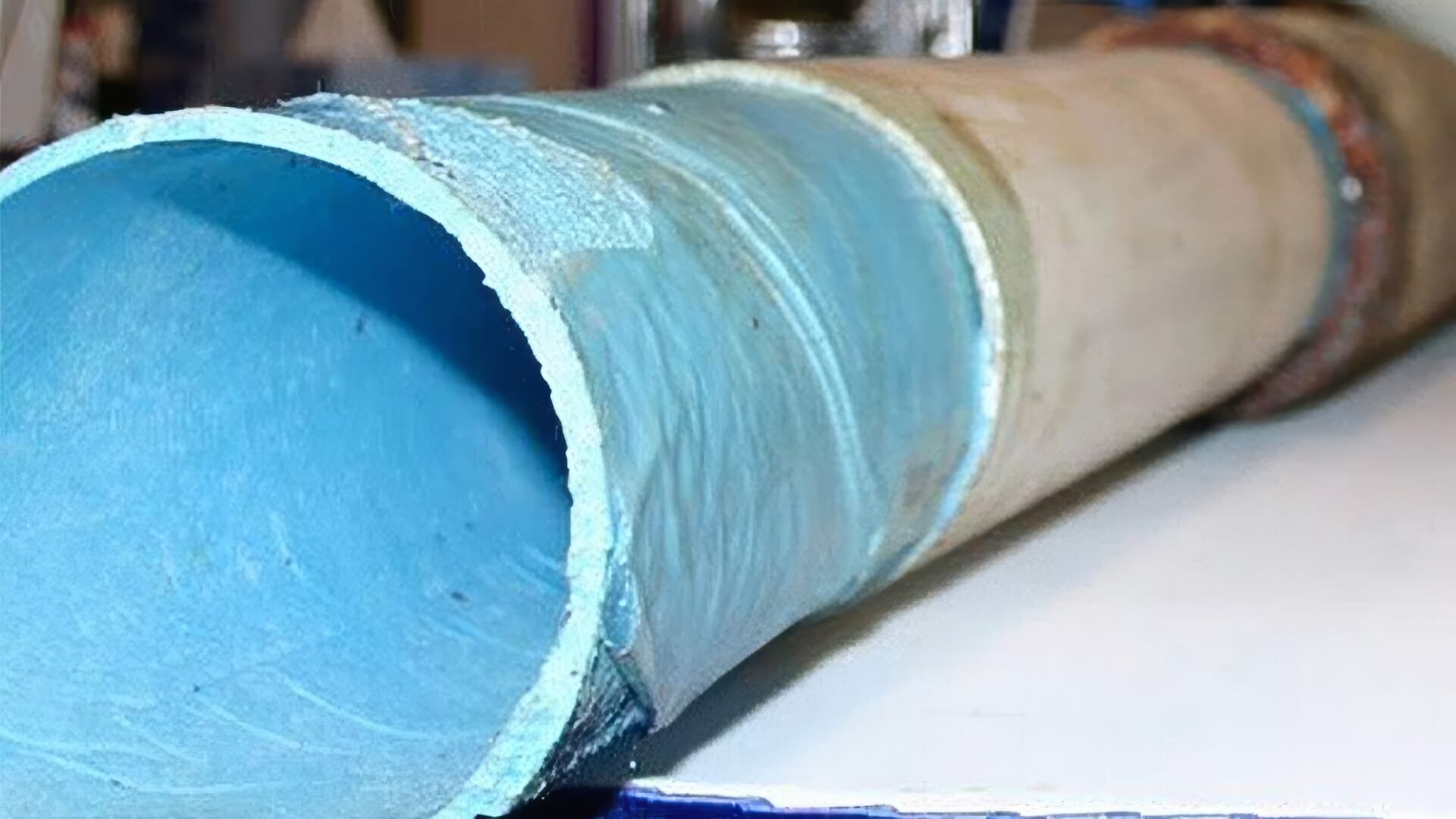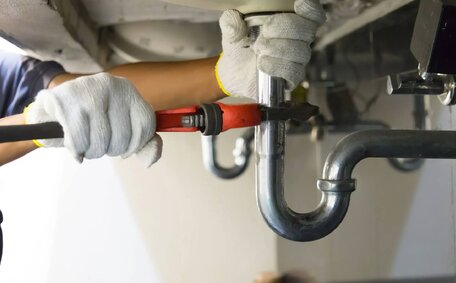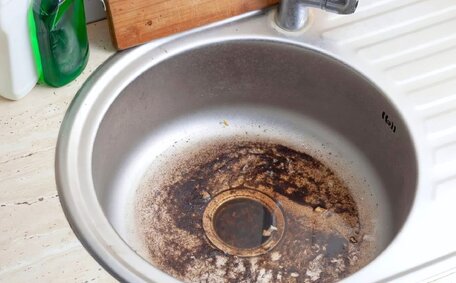What is Trenchless Pipe Relining?
Trenchless pipe relining is a modern plumbing approach that repairs pipes without requiring excavation. It involves inserting a resin-impregnated liner into the existing pipe, which is then cured in place to form a smooth, seamless ‘pipe within a pipe’.
The liner adheres to the inner walls of the old pipe, forming a new drain or sewer pipe in situ. This negates the need to dig trenches or jackhammer floors to access and replace ageing pipes.
Trenchless relining uses a technology called Cured-In-Place Pipe (CIPP) lining. The materials bond securely to the inner walls of the host pipe to restore structural stability and prevent infiltration.
A resin-impregnated liner is inserted into the pipe and expanded, then cured with hot water, steam, or UV light to create a tight, seamless lining.
How Trenchless Relining Rehabilitates Pipes
The trenchless relining process starts with a thorough inspection of the damaged pipe using CCTV cameras. This allows any issues like cracks, holes, root ingress or buildup to be identified before work begins.
The pipe is then cleaned using high-pressure water jets to remove debris, grease and calcified buildup along the walls. This prepares the surface for optimal adhesion with the new liner.
The resin-saturated liner is fed into the pipe, with an inflatable bladder pressing it against the pipe’s inner walls, after which it hardens via hot water or steam, forming a tight seal.
As the materials cure, they fuse permanently with the existing pipe walls. The process yields a seamless pipe with the same strength and flow capacity as the original. The old pipe remains underground, repaired without need for expensive and disruptive excavation.
Pipe repairs using trenchless relining not only save time and money compared to tearing up driveways or digging trenches, but they also minimise disruption to the surrounding infrastructure. The method causes less disturbance to landscapes, floors, walls, roads and pavements.
Materials Used in Trenchless Pipe Lining
Trenchless relining mainly uses thermoset plastic resins and fibreglass or felt liners to rehabilitate damaged drains. Common materials include:
- Polyester or Vinyl Ester Resins – Used to saturate the liner before installation. When cured, they form a hard, protective pipe lining material.
- Epoxy Resins – Offer excellent adhesion, chemical resistance and long term stability. Various resin formulations are tailored to specific pipe environments.
- Felt Liners – Made of non-woven polyester or fibreglass matting that resin saturates and binds to the existing pipe.
- PVC Liners – Formed from flexible polyvinyl chloride plastic. These fuse with styrene resins during curing to reline drains.
The materials bond permanently with original drain pipe walls to form a seamless, jointless and corrosion-resistant finished product. Their durability often surpasses that of traditional piping systems.
Crucially, CIPP materials require significantly less energy and resources to manufacture compared to traditional concrete or clay pipes. Trenchless relining offers an eco-friendly, sustainable alternative to conventional pipe replacement.
Cured-In-Place Pipe Lining (CIPP)
Cured-In-Place Pipe lining, or CIPP, is the leading method for trenchless pipe repair. It involves inserting a resin-soaked felt liner into the compromised pipe and hardening it in situ to fashion a snugly fitted 'pipe within a pipe’.
There are two main methods used to cure the CIPP liner:
- Hot Water Cure: Water heated to 60-90°C or steam is circulated to set the resin.
- Ambient Cure: Some vinyl ester resins cure at normal temperatures using an initiator chemical additive.
Once cured, the hardened liner forms a jointless, seamless pipe liner with high structural strength. It also prevents root intrusion, resists corrosion and improves flow rates. Installations of CIPP have been known to last more than 50 years in municipal sewers.
Advanced robotic cutters and pipe patching methods meticulously restore connections to the renewed pipe, and lateral liners seal side connections.
CIPP creates a durable, leak-proof lining with a projected lifespan comparable to a new pipe system.
When to Choose Trenchless Over Replacement
Trenchless relining becomes the method of choice over complete pipe replacement in situations where:
- Existing pipes, despite having structural integrity, exhibit problems such as cracks, holes, or root infiltration.
- The layout of pipes must remain unchanged and stationed in their original location.
- Excavation methods that could potentially damage your surrounding infrastructure like floors, walls, landscaping or pavements.
- Accessing pipes would require digging under buildings, cross busy roads or disrupt a large area.
- When there’s a goal to increase the flow efficiency of drainage pipes without completely overhauling the system.
- There are financial or regional constraints that make replacement unfeasible.
Relining eliminates the need to jackhammer floors, dig large trenches or destroy landscaped areas - making it ideal for difficult to access pipe locations.
Furthermore, it’s markedly less costly than a full system replacement. Trenchless relining is cost-effective, takes just a few days to complete, and minimises disruption.
Trenchless drain repairs are the logical choice for convenience, cost-effectiveness, and efficiency if the old pipes are viable for repair.
The Trenchless Pipe Relining Process
The process starts with an in-depth CCTV drainage inspection. A camera probe is fed through the entire pipe system to identify any damage, blockages or issues. Footage is examined to determine if the pipes are suitable for trenchless relining without having to dig up existing infrastructure.
Subsequent to assessment, powerful water jets meticulously cleanse the pipe interiors in preparation for repair. Grease, scale, intruding roots and debris are cleared out to allow the new liner to properly adhere.
Following preparation, the pipe lining process commences. Liners, either felt or PVC, saturated with thermoset resin are guided into the pipe either manually or by compressed air.
An inflatable bladder device called an inversion drum is attached to one end then inflated, pressing the liner firmly against pipe walls. Hot water or steam is then pumped inside to cure the resin into a hard, smooth lining.
After several hours of curing, lateral connection points are reopened using a remote-controlled cutting device guided by cameras. The pipe system is then pressure tested and inspected one last time before being put back into service.
Drain pipe relining results in a revitalised drainage system with better flow efficiency, robustness, and extended lifespan.
Inspection and Cleaning
Before any trenchless relining can begin, the existing drainage system must be thoroughly inspected and cleaned.
Remote-controlled units with CCTV cameras navigate the pipe system for a non-intrusive assessment. High-resolution cameras provide a detailed analysis of pipe condition, pinpointing any cracks, fractures, obstacles or blockages.
Footage is examined to identify necessary access points and determine if the pipes are structurally sound enough for relining. For relining, pipes should retain a minimum of 50% of their original wall thickness.
With inspection complete, specialised jetting equipment blasts the inner walls with 5000psi water jets. This high-pressure water propels itself through the pipe, scouring and removing years of accumulated debris, grease, scale and even tree roots that have infiltrated through cracks.
The entire pipe wall is scoured to the bare surface. This clears out obstructions and prepares the pipes for optimal adhesion with the trenchless lining system.
A final CCTV inspection ensures no debris was missed. The pipe network is now ready for the new CIPP liner to be installed.
Thorough cleaning and inspection before lining is essential. It identifies existing and potential faults so they can be addressed, while clearing surface grime allows the liner to bond securely along the entire interior length of pipe.
Installation of Pipe Lining
Once inspection and cleaning is complete, the CIPP lining installation process begins. The felt or PVC liner tube is saturated with specially formulated thermoset resin then carefully fed through the cleaned pipes.
An inflatable inversion bladder attached to one end of the liner is pressurised, turning the liner inside out and pressing it firmly against the inner pipe walls. Controlled air or water pressure ensures consistent results.
Water between 60-90°C or steam circulates inside the liner to activate and harden the resin. Resin mixtures can solidify within 3-6 hours. Ambient temperature resins are also available.
As the resin cures, it forms permanent molecular bonds with the original pipe walls, sealing cracks and strengthening joints. Upon cooling, the materials form a snug, seamless, and corrosion-proof lining.
After curing, cleanout points and lateral junctions are reopened internally using a remote-controlled robotic cutter guided by cameras. The pipes undergo final CCTV and pressure testing before returning to normal operation.
From here,






